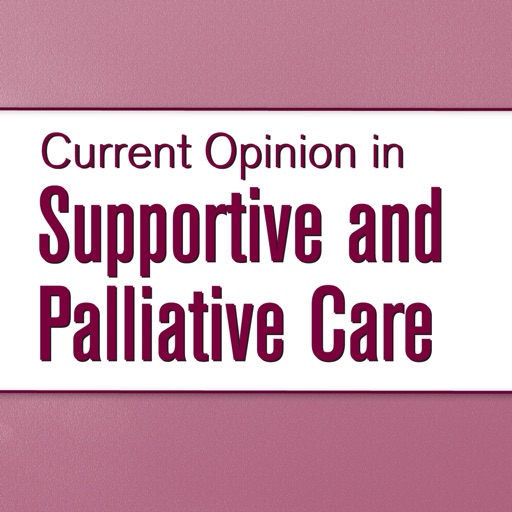 “The treatment of cancer-induced bone pain (CIBP) has been proven ineffective and relies heavily on opioids, the target of highly visible criticism for their negative side effects.
“The treatment of cancer-induced bone pain (CIBP) has been proven ineffective and relies heavily on opioids, the target of highly visible criticism for their negative side effects.
Alternative therapeutic agents are needed and the last few years have brought promising results, detailed in this review.
RECENT FINDINGS:
Cysteine/glutamate antiporter system, xc, cannabinoids, kappa opioids, and a ceramide axis have all been shown to have potential as novel therapeutic targets without the negative effects of opioids.
SUMMARY:
Review of the most recent and promising studies involving CIBP, specifically within murine models. Cancer pain has been reported by 30-50% of all cancer patients and even more in late stages, however the standard of care is not effective to treat CIBP. The complicated and chronic nature of this type of pain response renders over the counter analgesics and opioids largely ineffective as well as difficult to use due to unwanted side effects. Preclinical studies have been standardized and replicated while novel treatments have been explored utilizing various alternative receptor pathways: cysteine/glutamate antiporter system, xc, cannabinoid type 1 receptor, kappa opioids, and a ceramide axis sphingosine-1-phosphate/sphingosine-1-phosphate receptor 1.”
https://www.ncbi.nlm.nih.gov/pubmed/32349095

 “An increasing number of patients are turning to
“An increasing number of patients are turning to  “Cannabis has been used to relieve the symptoms of disease for thousands of years. However, social and political biases have limited effective interrogation of the potential benefits of cannabis and polarised public opinion.
“Cannabis has been used to relieve the symptoms of disease for thousands of years. However, social and political biases have limited effective interrogation of the potential benefits of cannabis and polarised public opinion. “Cannabis use in the management of musculoskeletal diseases has gained advocacy since several states have legalized its recreational use.
“Cannabis use in the management of musculoskeletal diseases has gained advocacy since several states have legalized its recreational use.
 “People with spinal cord injuries (SCI) commonly experience pain and spasticity, but limitations of current treatments have generated interest in
“People with spinal cord injuries (SCI) commonly experience pain and spasticity, but limitations of current treatments have generated interest in  “Cannabis has been used for thousands of years in many cultures for the treatment of several ailments including pain.
“Cannabis has been used for thousands of years in many cultures for the treatment of several ailments including pain. “The endocannabinoid system (ECS) comprises the canonical receptor subtypes CB1R and CB2R and endocannabinoids (anandamide, AEA and 2-arachidonoylglycerol, 2-AG), and a “non-canonical” extended signaling network consisting of: (i) other fatty acid derivatives; (ii) the defined “ionotropic cannabinoid receptors” (TRP channels); other GPCRs (GPR55, PPARα); (iii) enzymes involved in the biosynthesis and degradation of endocannabinoids (FAAH and MAGL); and (iv) protein transporters (FABP family).The ECS is currently a hot topic due to its involvement in cancer and pain.
“The endocannabinoid system (ECS) comprises the canonical receptor subtypes CB1R and CB2R and endocannabinoids (anandamide, AEA and 2-arachidonoylglycerol, 2-AG), and a “non-canonical” extended signaling network consisting of: (i) other fatty acid derivatives; (ii) the defined “ionotropic cannabinoid receptors” (TRP channels); other GPCRs (GPR55, PPARα); (iii) enzymes involved in the biosynthesis and degradation of endocannabinoids (FAAH and MAGL); and (iv) protein transporters (FABP family).The ECS is currently a hot topic due to its involvement in cancer and pain. “In the sports domain, cannabis is prohibited by the World Anti-Doping Agency (WADA) across all sports in competition since 2004. The few studies on physical exercise and cannabis focused on the main compound i.e. Δ9-tetrahydrocannabinol.
“In the sports domain, cannabis is prohibited by the World Anti-Doping Agency (WADA) across all sports in competition since 2004. The few studies on physical exercise and cannabis focused on the main compound i.e. Δ9-tetrahydrocannabinol. 